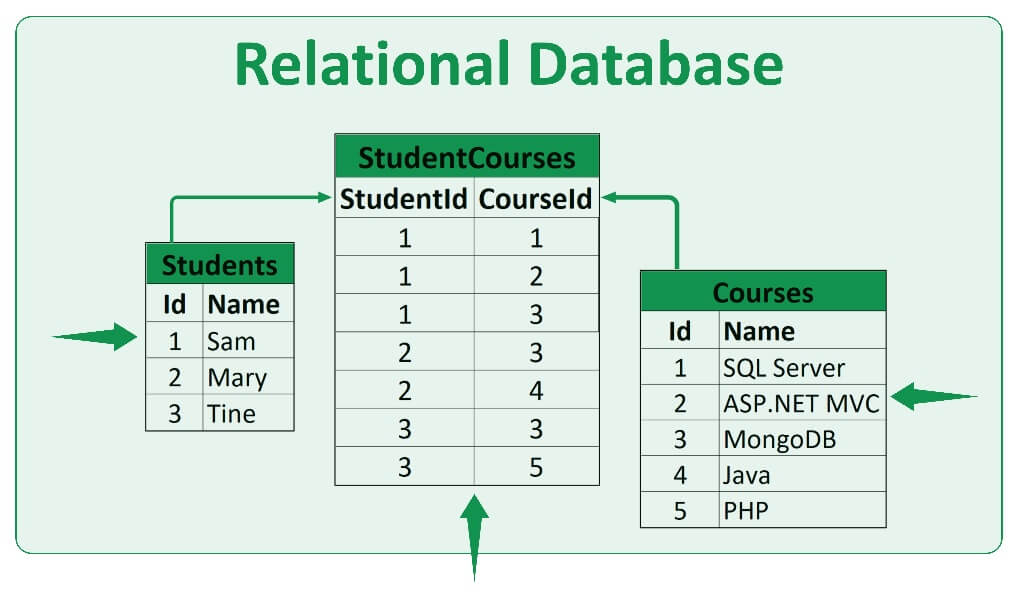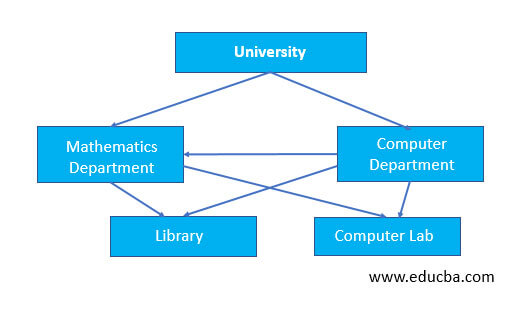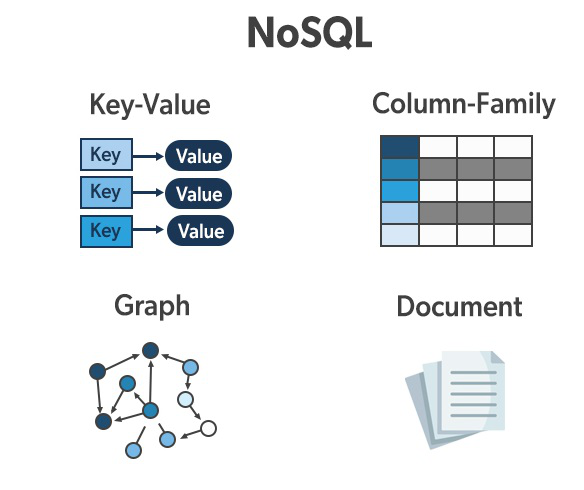10.1 - Introduction to Database Types
Databases are organized collections of data that are used to store, manage, and retrieve information efficiently. Various types of databases serve different purposes and use cases. Here are some of the main types:
Relational Databases
- Description: Organize data into tables with rows and columns. Each table has a unique primary key.
- Use Cases: Financial records, customer information, inventory management.
- Examples: MySQL, PostgreSQL, Oracle, SQLite.

Object-Oriented Databases
- Description: Store data in objects, similar to object-oriented programming.
- Use Cases: Complex data structures, CAD/CAM systems, multimedia applications.
- Examples: ObjectDB, db4o.

Hierarchical Databases
- Description: Organize data in a tree-like structure, with parent and child records.
- Use Cases: Legacy systems, telecommunications, file systems.
- Examples: IBM Information Management System (IMS).

Network Databases
- Description: Use a graph structure to organize data, allowing multiple parent-child relationships.
- Use Cases: Complex relationships, large-scale enterprise systems.
- Examples: Integrated Data Store (IDS), CA IDMS.

NoSQL Databases
- Description: Designed to handle large volumes of unstructured data. They are schema-less and flexible. Data can be stored as documents, key-value pairs, nodes and edges, etc.
- Use Cases: Big data applications, real-time web applications, content management.
- Examples: MongoDB, Cassandra, Redis.

Summary
Understanding the different types of databases is crucial for managing and organizing data efficiently. Relational databases, with their structured tables and defined relationships, are particularly powerful for a wide range of applications. We will dive into relational databases and their applications in the rest of this unit.